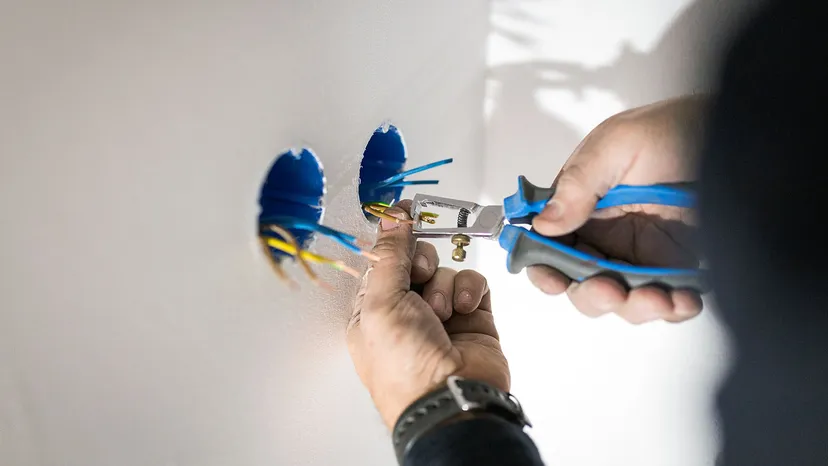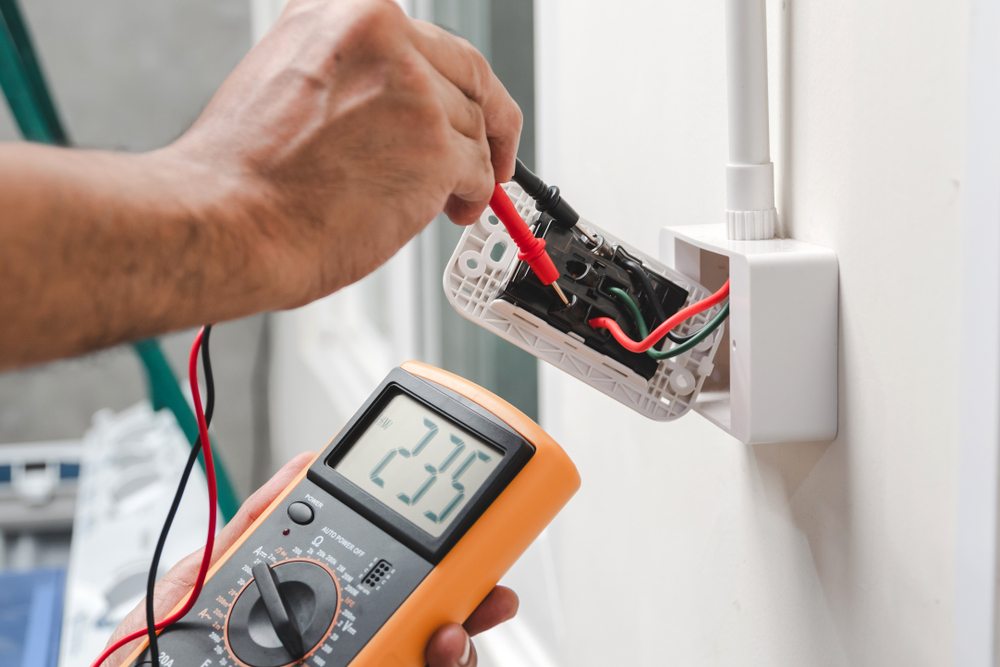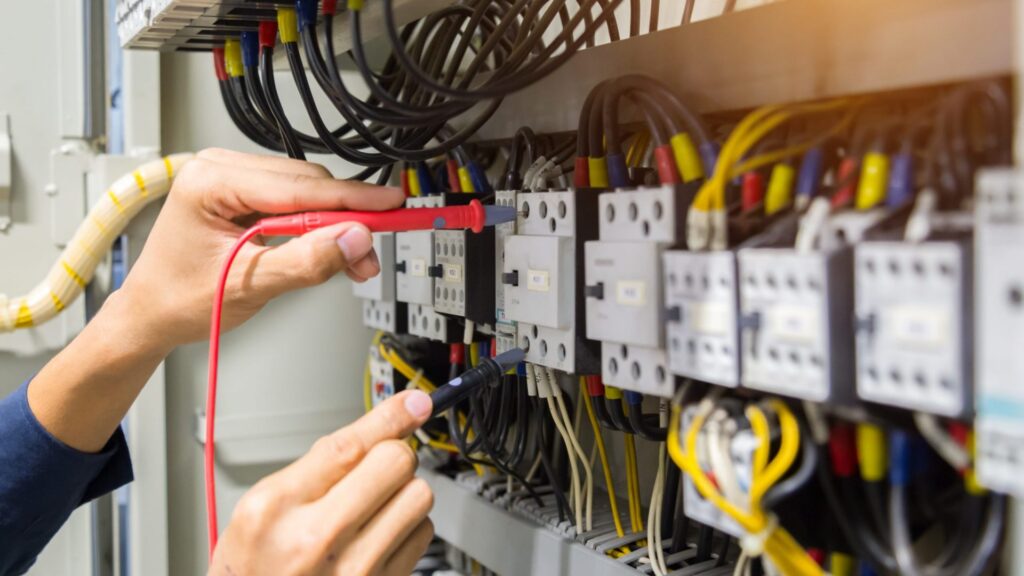Finding a broken wire in a house can be tricky. Here are some simple steps to help:
- Look around for any wires that look damaged, like ones with frayed ends or that are sticking out.
- Check plugs, switches, and lights to see if they’re loose or broken.
- Use a special tool called a circuit tester to see if the wire is working properly. If it’s not, there might be a break.
- Follow the wire’s path and check any boxes it goes through.
- Try using a tone generator and probe to track where the wire goes.
- If you’re not sure what to do or if it’s safe, ask an adult for help or call an electrician.
Remember, always be careful around electricity and ask for help if you need it!
How to Perform Visual Inspection for Broken Wires?

Performing a visual inspection for broken wires is crucial for maintaining electrical safety and functionality. Start by ensuring the power to the system is turned off to prevent any risk of electric shock. Gather necessary tools including a flashlight and personal protective equipment. Conduct a thorough visual examination, checking for visible damage such as fraying, cuts, or abrasions along the wire, particularly in areas prone to bending or flexing. Inspect insulation for signs of cracking or melting, and look for discoloration which may indicate overheating.
Examine connectors and terminals for tightness and damage, and inspect cable jackets for cuts or tears. Consider using a magnifying glass for closer inspection, and optionally test for continuity with a multimeter to identify breaks not visible to the naked eye. Document findings for future reference and take appropriate action to repair or replace any damaged components. Perform a final inspection after repairs to ensure all issues have been addressed before restoring power to the system. This comprehensive approach ensures the safety and reliability of electrical systems.
What is a Circuit Tester and How to Use it to Find Broken Wires?

A circuit tester is a tool used to determine the presence or absence of electrical current in a circuit. It typically consists of a handle with a probe on one end and a light or indicator on the other. Circuit testers come in various forms, including non-contact voltage testers and continuity testers.
Here’s how to use a circuit tester to find broken wires:
Safety Precautions
Always ensure the power to the circuit you’re testing is turned off before using the circuit tester to avoid electric shock.
Select the Correct Tester
Depending on the type of circuit you’re testing, choose the appropriate circuit tester. Non-contact voltage testers are suitable for detecting the presence of voltage in live circuits without direct contact, while continuity testers are used to check for continuity or breaks in wires.
Non-Contact Voltage Tester
- Hold the tester near the wire or terminal you want to test.
- If voltage is present, the tester will emit a visual or audible signal, such as lighting up or beeping.
- Move the tester along the length of the wire to pinpoint the location of voltage presence. If there’s a break in the wire, the tester will indicate no voltage.
Continuity Tester
- Turn off the power to the circuit.
- Connect one probe of the continuity tester to one end of the wire and the other probe to the opposite end.
- If the wire is continuous (not broken), the tester will emit a signal, such as a light or sound.
- If there’s a break in the wire, the tester will not emit a signal, indicating a lack of continuity.
Inspect and Repair
Once you’ve identified a broken wire using the circuit tester, visually inspect the wire for damage and repair or replace it as needed. Ensure proper connections are made and insulation is intact before restoring power to the circuit.
How to Trace a Wire in Your House to Locate a Break?

Tracing a wire in your house to locate a break can be a bit challenging but is achievable with the right approach. Here’s a step-by-step guide:
- Turn Off Power: Get an adult to turn off the power so it’s safe to work.
- Look for Problems: Check the wire for any cuts or breaks.
- Follow the Wire: Follow where the wire goes to see if you can find where it’s broken.
- Check Connections: Look at where the wire connects to things like outlets or switches.
- Use a Tester: If you can’t find the problem, use a special tool to help you find where the wire is broken.
- Fix it: Ask an adult to help fix the broken wire if you find it.
- Turn the Power Back On: After fixing the wire, turn the power back on and make sure everything works again.
FAQ’s
How do I find a bad wire in my wall?
You can use a circuit tester to check for continuity along the wire’s length or visually inspect for signs of damage like frayed ends.
Is there a tool to find wires in walls?
Yes, a stud finder with a wire detection feature can help locate wires behind walls.
Can you trace electrical wires in walls?
Yes, you can use a tone generator and probe to trace the path of electrical wires through walls.
How do you trace a short wire in a house?
Start by isolating the circuit and then use a multimeter to check for continuity along the wire until you find the short.
What does a bad wire look like?
A bad wire may have frayed ends, exposed conductors, or signs of overheating such as discoloration.
Final Words
It’s important to find and fix broken wires in your house quickly. Always be safe when working with electricity. If you’re not sure what to do, ask an adult for help or call a professional. Don’t ignore broken wires because they can cause problems with your lights and appliances. Remember, safety first!
